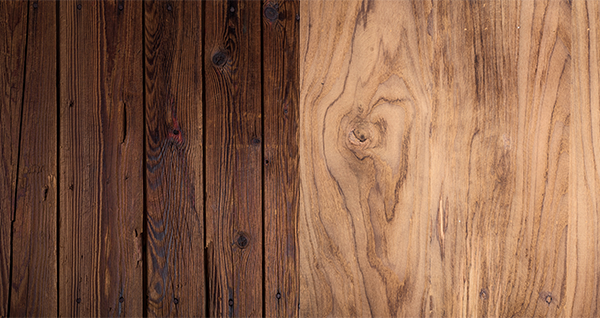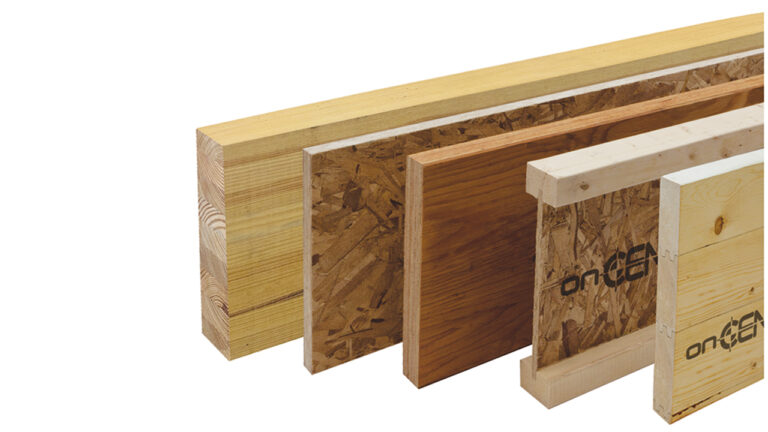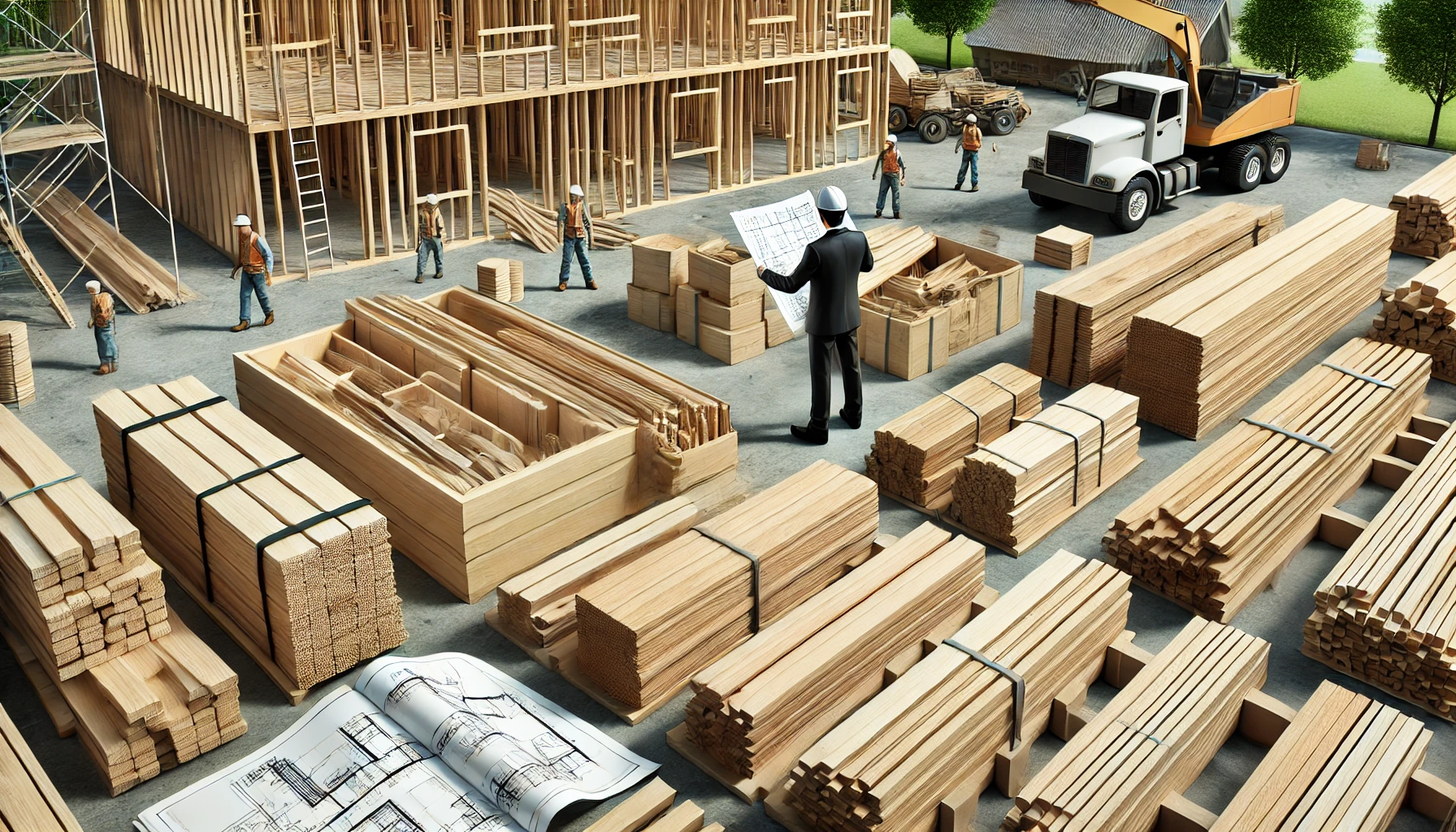Choosing the right wood products for your building project can significantly impact the overall quality, durability, and aesthetic appeal of the final structure. With the increasing focus on sustainability and eco-friendliness in the construction industry, it’s more important than ever to be informed about the various types of wood available and how to select the best options for your needs. Whether you’re working on a residential, commercial, or industrial project, the type of wood you choose will affect not only the environment but also the performance and longevity of your build.
In this blog post, we will explore the different types of wood products, key factors to consider when selecting wood, tips for purchasing high-quality wood, and essential wood care and maintenance practices. Our aim is to provide you with comprehensive knowledge to make informed decisions for your next building project. By the end of this article, you’ll be equipped with the wisdom needed to choose the right wood products that align with your project’s requirements and sustainability goals.
Understanding Wood Types
Hardwoods vs. Softwoods

Hardwoods and softwoods are the two primary categories of wood used in construction, each offering distinct characteristics and benefits. Hardwoods come from deciduous trees, such as oak, maple, and walnut. They are typically denser, more durable, and often have a more attractive grain pattern, making them ideal for high-traffic areas, furniture, and flooring. Softwoods, on the other hand, come from coniferous trees like pine, cedar, and fir. They tend to be lighter, more flexible, and easier to work with, making them suitable for structural framing, paneling, and outdoor projects.
Engineered Wood Products

Engineered wood products are created by bonding together wood strands, fibers, or veneers with adhesives to form composite materials. Examples include plywood, medium-density fiberboard (MDF), and oriented strand board (OSB). These products are designed to maximize the use of wood resources, offering superior stability and uniformity compared to solid wood. Engineered wood products are often more affordable and environmentally friendly, as they can be made from smaller trees and wood waste, reducing the impact on forests.
Key Factors to Consider When Selecting Wood
Strength and Durability
When selecting wood for your building project, it’s essential to consider the strength and durability required for the application. Hardwoods like oak and maple are known for their strength and are ideal for structural elements and high-traffic areas. For less demanding applications, softwoods like pine and spruce may suffice. Ensure the wood you choose can withstand the physical demands of your project, from bearing loads to resisting wear and tear.
Moisture Resistance
Moisture resistance is a crucial factor, especially for wood used in outdoor or damp environments. Woods like cedar and redwood have natural oils that make them resistant to moisture and decay, making them ideal for exterior siding, decking, and garden structures. Treated woods or engineered products with water-resistant coatings can also be excellent choices for areas prone to high humidity or direct water contact.
Aesthetic Appeal
The aesthetic qualities of wood, including grain, color, and texture, can greatly influence the visual impact of your project. Hardwoods like cherry and walnut are prized for their rich colors and beautiful grain patterns, making them perfect for visible elements such as cabinetry and interior paneling. Softwoods like pine and fir can be stained or painted to achieve the desired look, providing versatility in design.
Sustainability and Environmental Impact
Sustainability is a growing concern in construction, and choosing eco-friendly wood products is a step towards reducing your project’s environmental footprint. Look for certifications like the Forest Stewardship Council (FSC) or the Programme for the Endorsement of Forest Certification (PEFC) to ensure the wood comes from responsibly managed forests. Using reclaimed or recycled wood is another excellent option, as it gives new life to materials that might otherwise go to waste and reduces the demand for virgin timber.
Tips for Purchasing Wood Products
Sourcing and Suppliers
Finding reputable suppliers is crucial for obtaining high-quality wood. Research local and regional suppliers known for their commitment to sustainability and quality. Verify the source of the wood to ensure it is legally harvested and meets environmental standards. Building relationships with trusted suppliers can also provide access to better products and personalized service.
Quality Inspection
Inspecting wood for quality before purchase is essential to avoid defects and ensure longevity. Look for signs of knots, splits, and warping, which can compromise the wood’s structural integrity and aesthetic appeal. Ensure the wood is properly dried and treated to prevent issues like cracking or pest infestation. High-quality wood should have a consistent grain and color, with minimal imperfections.
Budget Considerations
Balancing quality and cost is a common challenge when selecting wood products. While premium hardwoods may offer superior durability and beauty, they come at a higher price. Consider your project’s specific needs and prioritize wood types that offer the best value for money. Engineered wood products can provide cost-effective alternatives without sacrificing performance. Planning your budget carefully can help you achieve the desired results without overspending.
Wood Care and Maintenance

Protective Treatments
Applying protective treatments can extend the life of wood products by preventing damage from pests, moisture, and UV rays. Natural oils, varnishes, and environmentally friendly sealants can enhance wood’s durability while maintaining its natural beauty. Regularly reapplying these treatments as recommended can keep your wood looking and performing its best for years to come.
Regular Maintenance
Proper maintenance is key to preserving the appearance and functionality of wood products. Establish a routine that includes cleaning, inspecting for damage, and making necessary repairs. For outdoor wood, periodic sealing and staining can protect against weathering. Addressing minor issues promptly can prevent more significant problems down the line, ensuring your wood products remain in top condition.
Conclusion
In summary, selecting the right wood products for your building project involves understanding the different types of wood, considering key factors such as strength, moisture resistance, and sustainability, and following best practices for purchasing and maintaining wood. By making informed choices, you can ensure the success and longevity of your project while contributing to environmental sustainability.
At Coastal Custom Products, we are committed to providing eco-friendly and sustainable wood materials that meet the highest standards of quality. Contact us today to learn more about our offerings and how we can help you achieve your building goals. Choosing the right wood is more than just a decision; it’s a step towards a better, more sustainable future.



